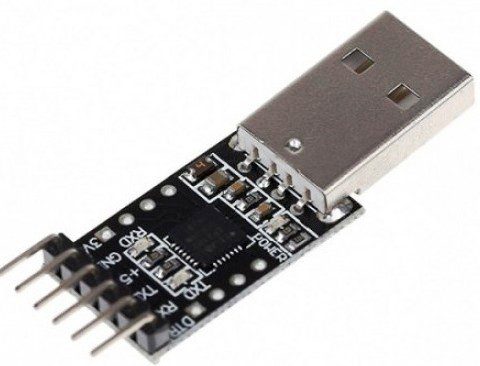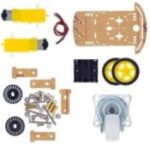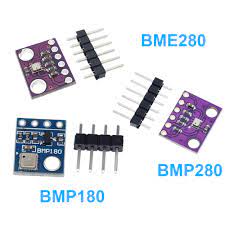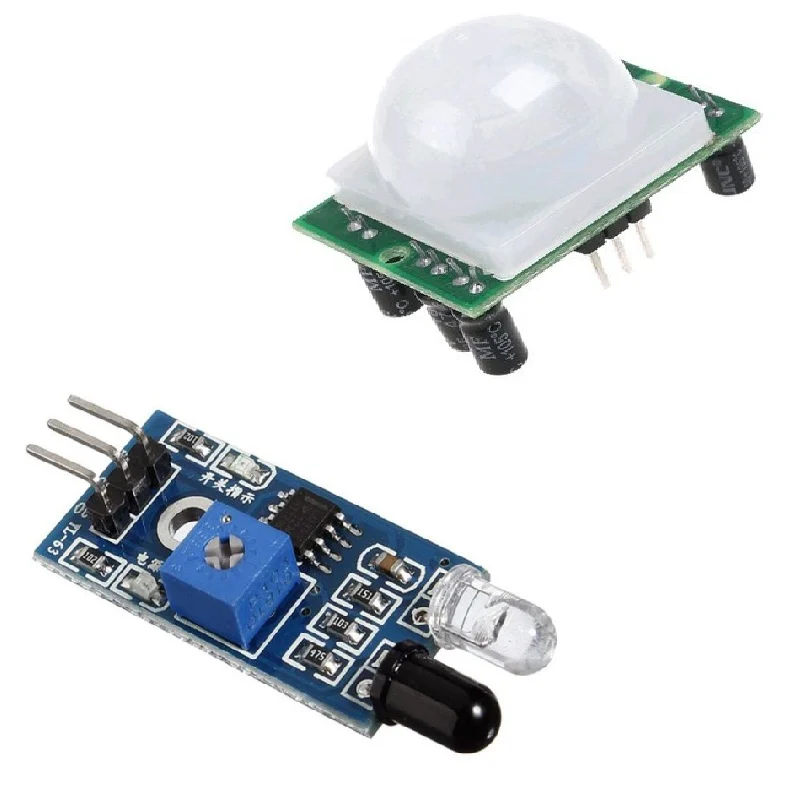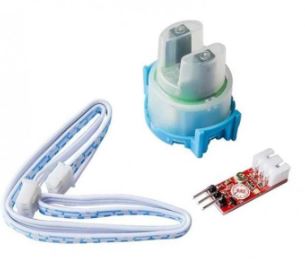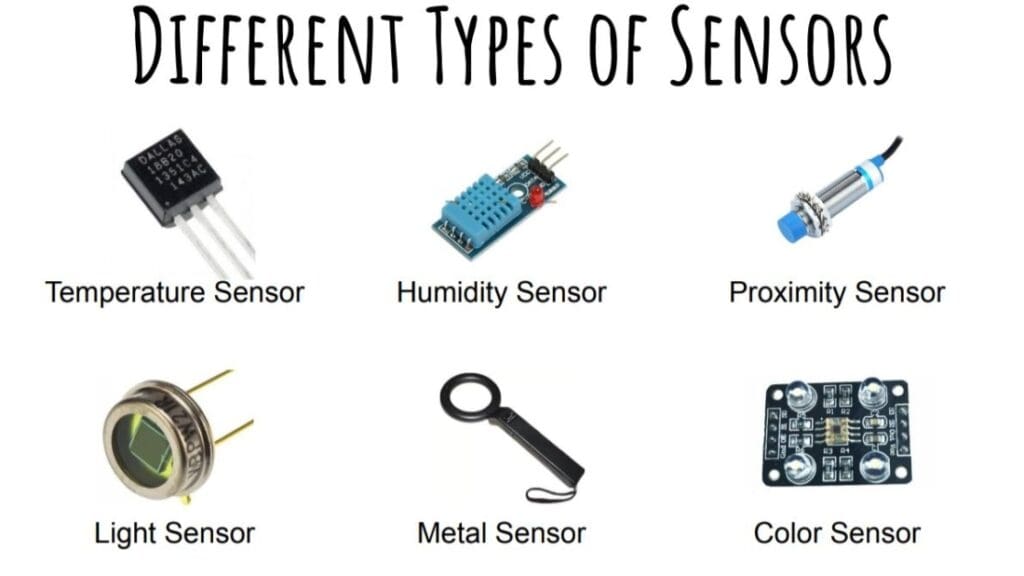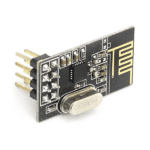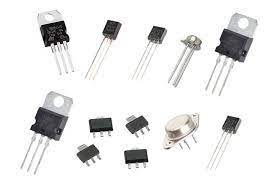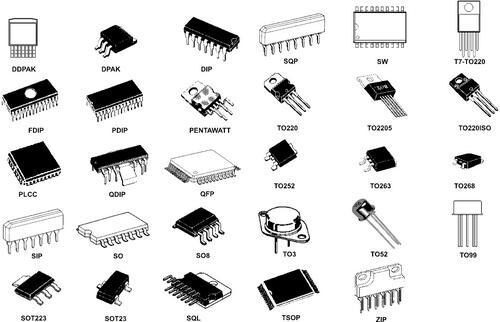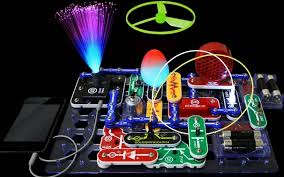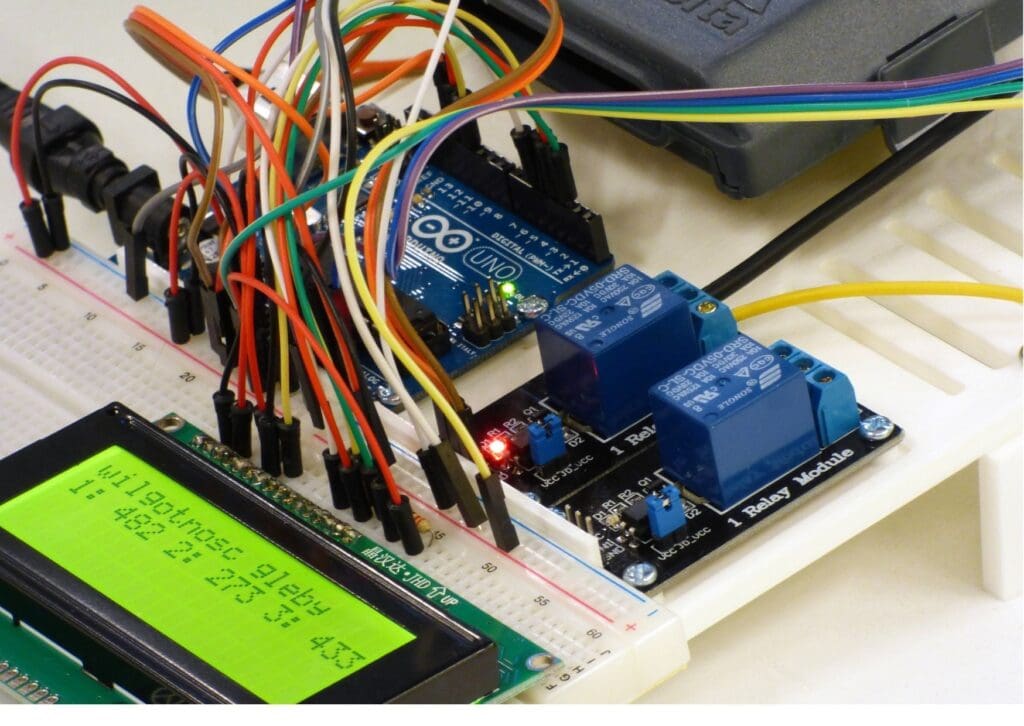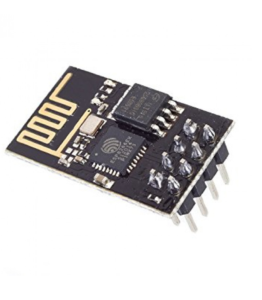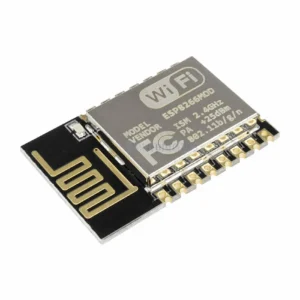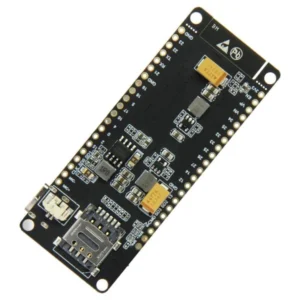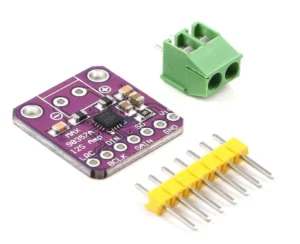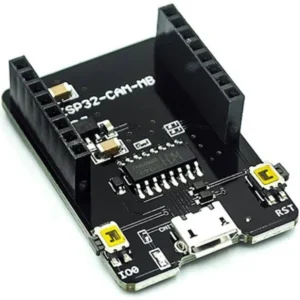Introduction
- In the quest for cleaner, more sustainable energy solutions, the future of battery technology stands at the forefront of innovation. While lithium-ion batteries have dominated the energy storage landscape for decades, the evolving needs of industries such as electric vehicles, renewable energy integration, and portable electronics demand breakthroughs beyond the limitations of current battery chemistries.
- The future of battery technology holds immense promise, driven by a convergence of scientific advancements, engineering ingenuity, and market demands. Beyond lithium-ion, researchers and industry pioneers are exploring a diverse array of battery chemistries, materials, and manufacturing techniques to unlock higher energy densities, faster charging rates, enhanced safety, and lower costs.
- From solid-state batteries to metal-air technologies, flow batteries, and beyond-lithium chemistries, a new generation of batteries is emerging, poised to revolutionize energy storage across a wide range of applications. These advancements not only promise to accelerate the transition to a low-carbon economy but also hold the potential to reshape entire industries and create new economic opportunities.
- In this exploration of the future of battery technology, we delve into the latest innovations, emerging trends, and transformative potentials that are shaping the landscape of energy storage. By understanding the challenges and opportunities on the horizon, we can envision a future where batteries play a central role in enabling a sustainable and resilient energy future for generations to come.
Projects Categories:
Products Categories:
- Robotics
- Actuators
- Camera Modules
- Drone Kits
- Drone Components
- Chassis
- DC Motors
- Other Robotic accessories
- Pick and Place Modules
- Robotic Kit
- Servo Motors
- Stepper Motors
- Wheels
- Microcontrollers & Programmers
- 8051 Microcontroller
- Arduino Microcontroller
- ARM Development Board
- Interface Module
- NODMCU / ESP Modules
- PIC Microcontroller
- Raspberry Pi
- Devices and Actuators
- Display Modules
- Sensors & Module
- Power Supply / Batteries
- Wireless modules
- Electronic Components
- Wholesale Market
Some emergining battery techonology
- The future of battery technology holds immense promise, particularly as researchers and engineers seek to surpass the limitations of lithium-ion batteries. While lithium-ion batteries have revolutionized portable electronics, electric vehicles, and grid-scale energy storage, their energy density, safety, and cost constraints have led to exploration of alternative battery chemistries. Here are some emerging trends and technologies shaping the future of battery technology beyond lithium-ion:
1. Solid-State Batteries
Solid-state batteries replace the liquid electrolyte found in lithium-ion batteries with a solid electrolyte, offering potentially higher energy density, improved safety, and longer lifespan. These batteries hold promise for electric vehicles, portable electronics, and grid storage applications.
2. Lithium-Sulfur Batteries
Lithium-sulfur batteries offer significantly higher theoretical energy densities compared to lithium-ion batteries. By replacing the traditional graphite anode with a sulfur cathode, these batteries could enable lighter, more energy-dense battery packs for electric vehicles and longer-lasting portable electronics.
3. Metal-Air Batteries
Metal-air batteries, such as lithium-air and zinc-air batteries, utilize oxygen from the air as a reactant, potentially offering higher energy densities than lithium-ion batteries. These batteries are being explored for electric vehicles and grid-scale energy storage due to their lightweight and abundant oxygen source.
4. Beyond Lithium Technologies
Researchers are investigating alternative battery chemistries that utilize elements beyond lithium, such as sodium, potassium, and magnesium. These “beyond lithium” technologies offer the potential for lower cost and greater abundance of raw materials compared to lithium-based batteries.
5. Flow Batteries
Flow batteries store energy in liquid electrolytes contained in external tanks, offering scalability and flexibility for grid-scale energy storage applications. Vanadium redox flow batteries are the most mature technology in this category, but research is ongoing to develop new electrolytes and electrode materials for improved performance and cost-effectiveness.
6. Supercapacitors and Hybrid Energy Storage Systems
Supercapacitors offer high power density and rapid charging capabilities but lower energy density compared to batteries. Hybrid energy storage systems that combine batteries with supercapacitors or other energy storage technologies could offer the benefits of both, providing high energy and power densities along with fast charging and discharging rates.
7. Advanced Manufacturing Techniques
Innovations in battery manufacturing, such as roll-to-roll processing, additive manufacturing, and nanomaterial synthesis, are improving the scalability, efficiency, and cost-effectiveness of battery production. These advancements could accelerate the commercialization of next-generation battery technologies.
- In conclusion, the future of battery technology beyond lithium-ion is bright, with a diverse array of emerging technologies poised to revolutionize energy storage across various applications. By overcoming the limitations of lithium-ion batteries and unlocking new levels of energy density, safety, and cost-effectiveness, these innovations will play a crucial role in advancing clean energy transition and addressing global challenges such as climate change and energy security.
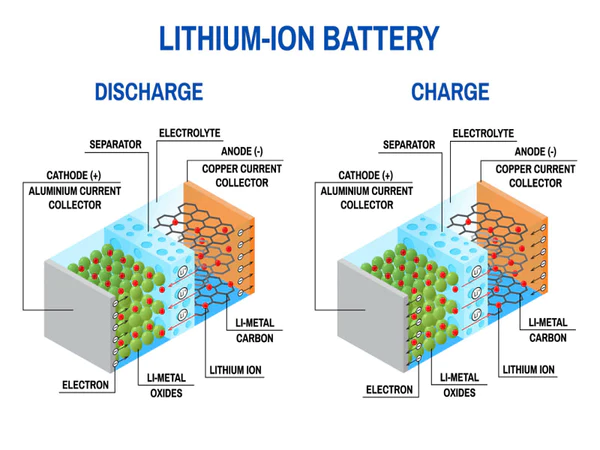
Generations of Battery
Battery technology has evolved through several generations, each characterized by advancements in materials, chemistry, and design. Here’s an overview of the major generations of battery technology:
1. First Generation Lead-Acid Batteries
Lead-acid batteries, invented in the 19th century, represent the first commercially viable rechargeable battery technology. They consist of lead dioxide (positive electrode), sponge lead (negative electrode), and a sulfuric acid electrolyte. Lead-acid batteries are still widely used in applications such as automotive starting batteries and backup power systems due to their low cost and robustness.
2. Second Generation Nickel-Cadmium (NiCd) and Nickel-Metal Hydride (NiMH) Batteries
Nickel-cadmium (NiCd) and nickel-metal hydride (NiMH) batteries emerged as second-generation rechargeable battery technologies in the latter half of the 20th century. NiCd batteries utilize cadmium as the negative electrode, while NiMH batteries use a hydrogen absorbing alloy. These batteries offered higher energy densities and longer cycle lives compared to lead-acid batteries and found applications in consumer electronics, power tools, and portable devices.
3. Third Generation Lithium-Ion Batteries
Lithium-ion (Li-ion) batteries revolutionized portable electronics, electric vehicles, and grid-scale energy storage since their commercialization in the 1990s. Li-ion batteries utilize lithium compounds as the positive electrode (cathode) and carbon as the negative electrode (anode), with a lithium-ion conducting electrolyte. They offer high energy densities, lightweight, and excellent cycling performance, making them the preferred choice for a wide range of applications.
4. Fourth Generation and Beyond Emerging Battery Technologies
The fourth generation of battery technology and beyond encompasses a diverse array of emerging technologies aimed at surpassing the limitations of lithium-ion batteries. These include:
Solid-State Batteries Replace the liquid electrolyte of lithium-ion batteries with a solid electrolyte, offering potential advantages in safety, energy density, and lifespan.Lithium-Sulfur Batteries Utilize sulfur as the cathode material, offering higher theoretical energy densities compared to lithium-ion batteries.
Metal-Air Batteries Utilize oxygen from the air as a reactant, potentially offering higher energy densities than lithium-ion batteries.
Beyond Lithium Technologies Explore alternative battery chemistries utilizing elements such as sodium, potassium, and magnesium for improved cost-effectiveness and sustainability.Flow Batteries Store energy in liquid electrolytes contained in external tanks, offering scalability and flexibility for grid-scale energy storage applications.
These emerging battery technologies hold promise for revolutionizing energy storage across various applications, from electric vehicles to renewable energy integration and portable electronics. Continued research, development, and commercialization efforts are essential for unlocking their full potential and addressing global challenges such as climate change and energy security.

Lithium-ion batteries
Lithium-ion batteries (Li-ion) are widely used in various applications due to their high energy density, lightweight, and long cycle life. Here are some common uses of lithium-ion batteries:
1. Portable Electronics
Lithium-ion batteries power a wide range of portable electronic devices, including smartphones, laptops, tablets, digital cameras, and wearable devices. Their high energy density and relatively low self-discharge rate make them ideal for powering devices that require long battery life and frequent recharging.
2. Electric Vehicles (EVs)
Lithium-ion batteries are the preferred energy storage solution for electric vehicles (EVs) due to their high energy density, fast charging capabilities, and relatively lightweight compared to other battery chemistries. They provide the necessary power and range for electric cars, buses, and other modes of transportation, helping to reduce greenhouse gas emissions and dependence on fossil fuels.
3. Grid-Scale Energy Storage
Lithium-ion batteries are increasingly used for grid-scale energy storage applications, where they help stabilize the electrical grid, integrate renewable energy sources such as solar and wind, and provide backup power during peak demand periods or grid outages. Large-scale lithium-ion battery installations, known as battery energy storage systems (BESS), are deployed by utilities and grid operators around the world to improve grid reliability and efficiency.
4. Power Tools and Appliances
Lithium-ion batteries are commonly used to power cordless power tools, such as drills, saws, and impact drivers, as well as household appliances like vacuum cleaners and cordless lawnmowers. Their high energy density, lightweight, and rechargeable nature make them well-suited for portable and handheld applications where mobility and convenience are important.
5. Medical Devices
Lithium-ion batteries are utilized in various medical devices, including portable monitors, defibrillators, infusion pumps, and electronic prosthetics. Their compact size, long cycle life, and stable voltage output make them ideal for powering critical medical equipment in hospitals, clinics, and home healthcare settings.
6. Aerospace and Aviation
Lithium-ion batteries are used in aerospace and aviation applications, powering aircraft systems such as cockpit displays, communication equipment, lighting, and auxiliary power units (APUs). They offer high energy density and reliability, helping to reduce weight and improve efficiency in aircraft operations
Overall, lithium-ion batteries play a crucial role in powering modern technologies and enabling a wide range of applications, from everyday consumer electronics to transportation, energy storage, and beyond. Their versatility, performance, and scalability continue to drive innovation and advancement in various industries.
Conclusion
In conclusion, lithium-ion batteries have become indispensable power sources across a vast array of applications, owing to their remarkable energy density, lightweight construction, and long-term reliability. From powering our smartphones and laptops to revolutionizing the automotive industry with electric vehicles, and from stabilizing the electrical grid with grid-scale energy storage solutions to supporting critical medical devices and aerospace systems,
lithium-ion batteries have reshaped the modern world.
Their versatility and adaptability have made them the preferred choice for industries seeking sustainable, efficient, and high-performance energy storage solutions. However, as demands for cleaner energy and more advanced technologies continue to grow, ongoing research and innovation are vital to address challenges such as cost reduction, environmental sustainability, and safety enhancements.
Looking ahead, emerging battery technologies such as solid-state batteries, lithium-sulfur batteries, and beyond-lithium chemistries offer exciting possibilities for further improvements in energy density, charging speed, and lifespan. By continuing to invest in research, development, and collaboration, we can unlock the full potential of battery technology, paving the way towards a more sustainable and electrified future.
For additional blog content, to explore further insights and articles. Click here
How to attach heat sink
How to attach heat sink to raspberry pi 4 INTRODUCTION Attaching a heat sink to...
Read MoreUnderstanding Integrated Circuit And Microchips
Understanding Integrated Circuit And Microchips Introduction Integrated circuits (ICs), often referred to as microchips, are...
Read MoreExploring The world of Quantum
Exploring The World Of Quantum Sensors Quantum sensors are fascinating devices that leverage the principles...
Read MoreRaspberry Pi Microcontroller
Raspberry Pi Introduction Welcome to the world of Raspberry Pi projects, where creativity meets technology!...
Read More





